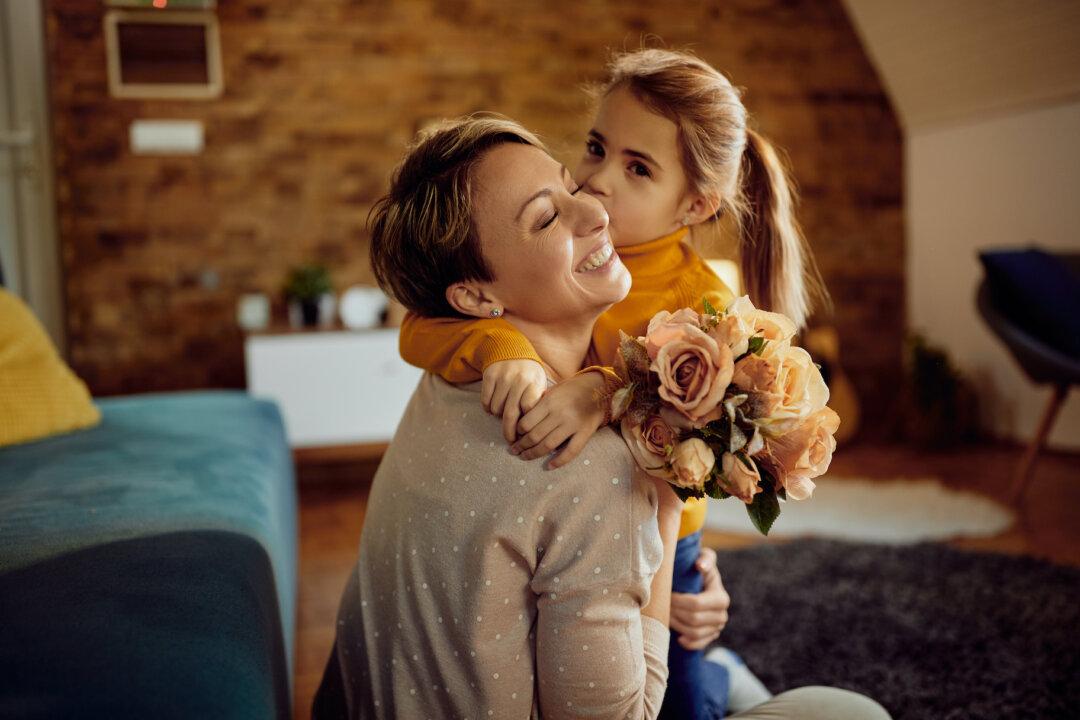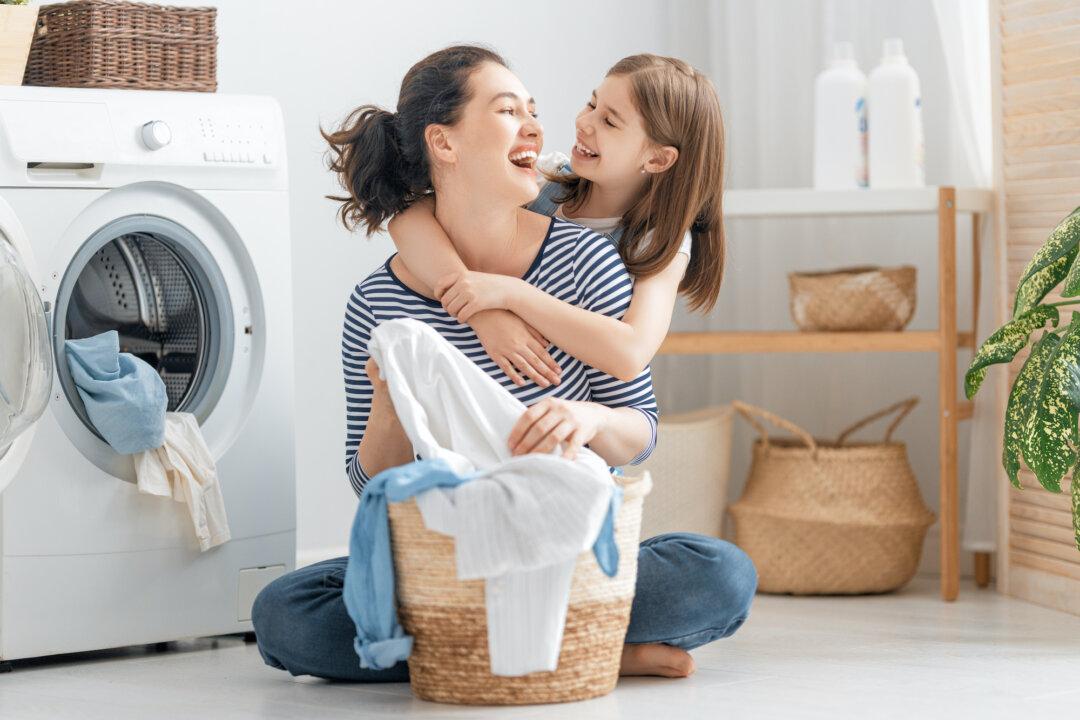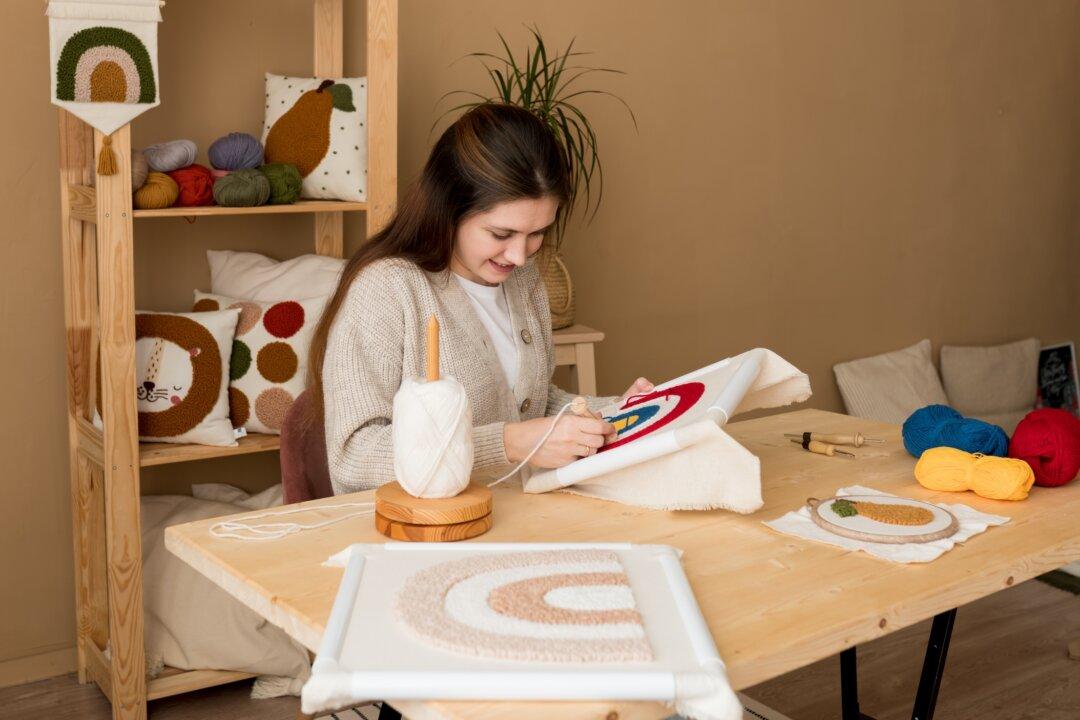Sometimes my kids are the biggest reminders of what it means to live more intentionally. At a young age, their innocence and unfiltered comments (often embarrassingly honest) resonate with me as they take in the world around them.
The other day, my daughter made a remark which made me realize how much she really is perceiving and why it matters. She was noticing how much “stuff” someone else had and the degree of clutter and overwhelm it had caused them.






